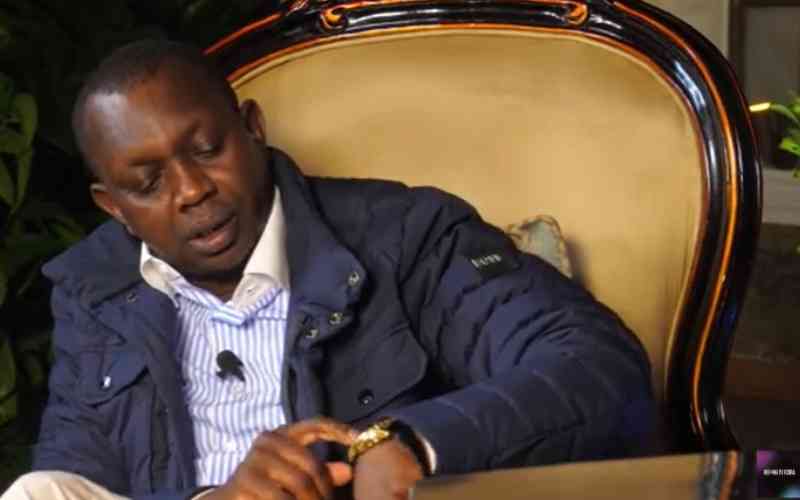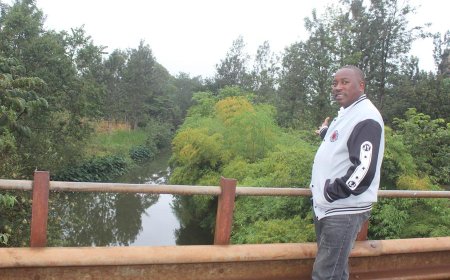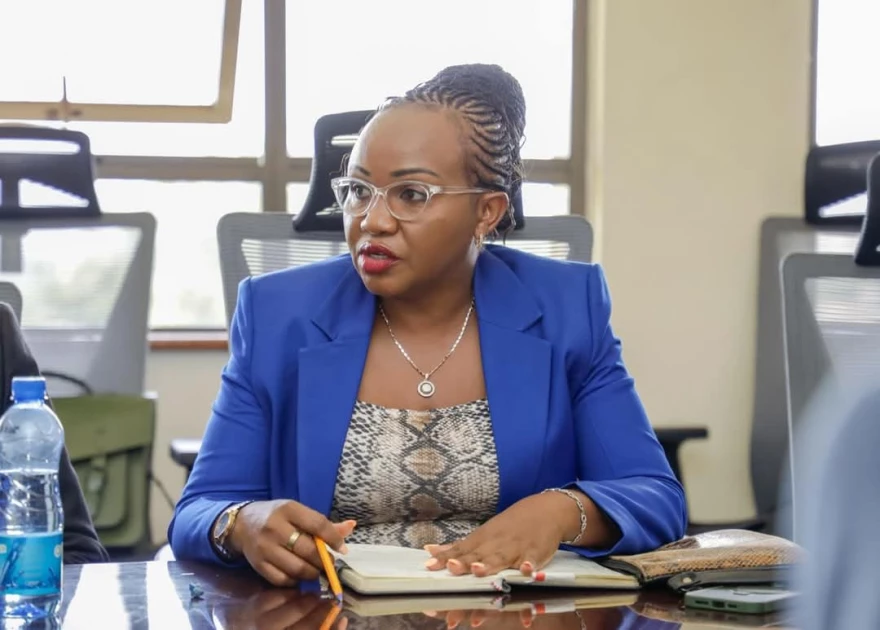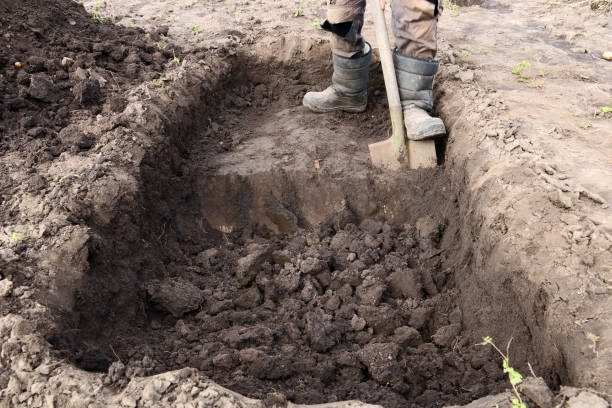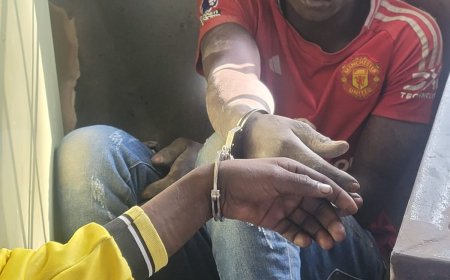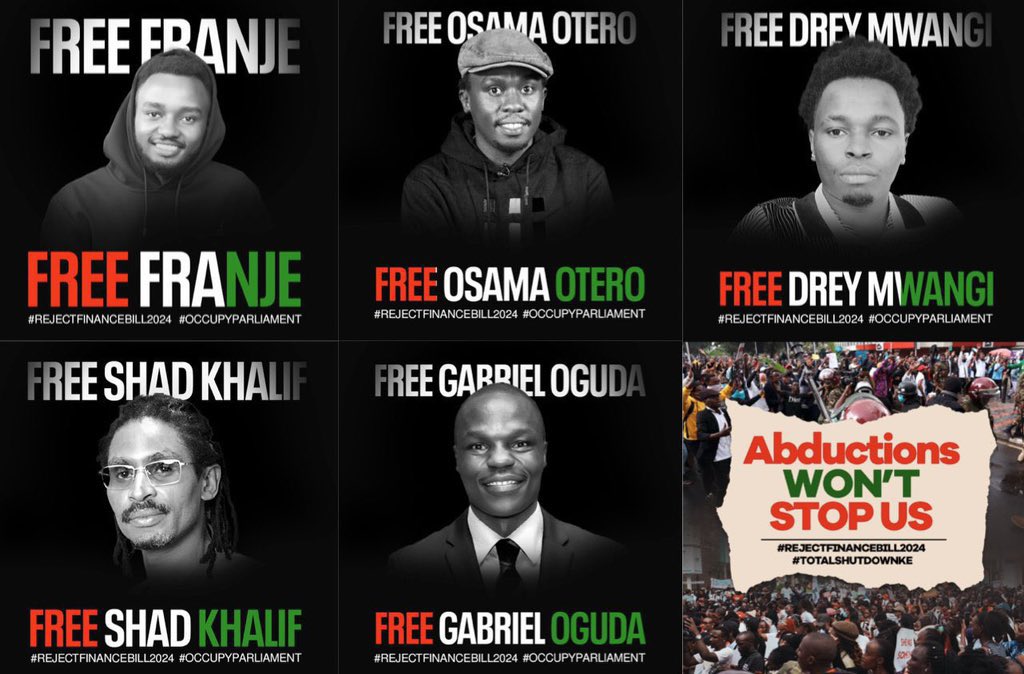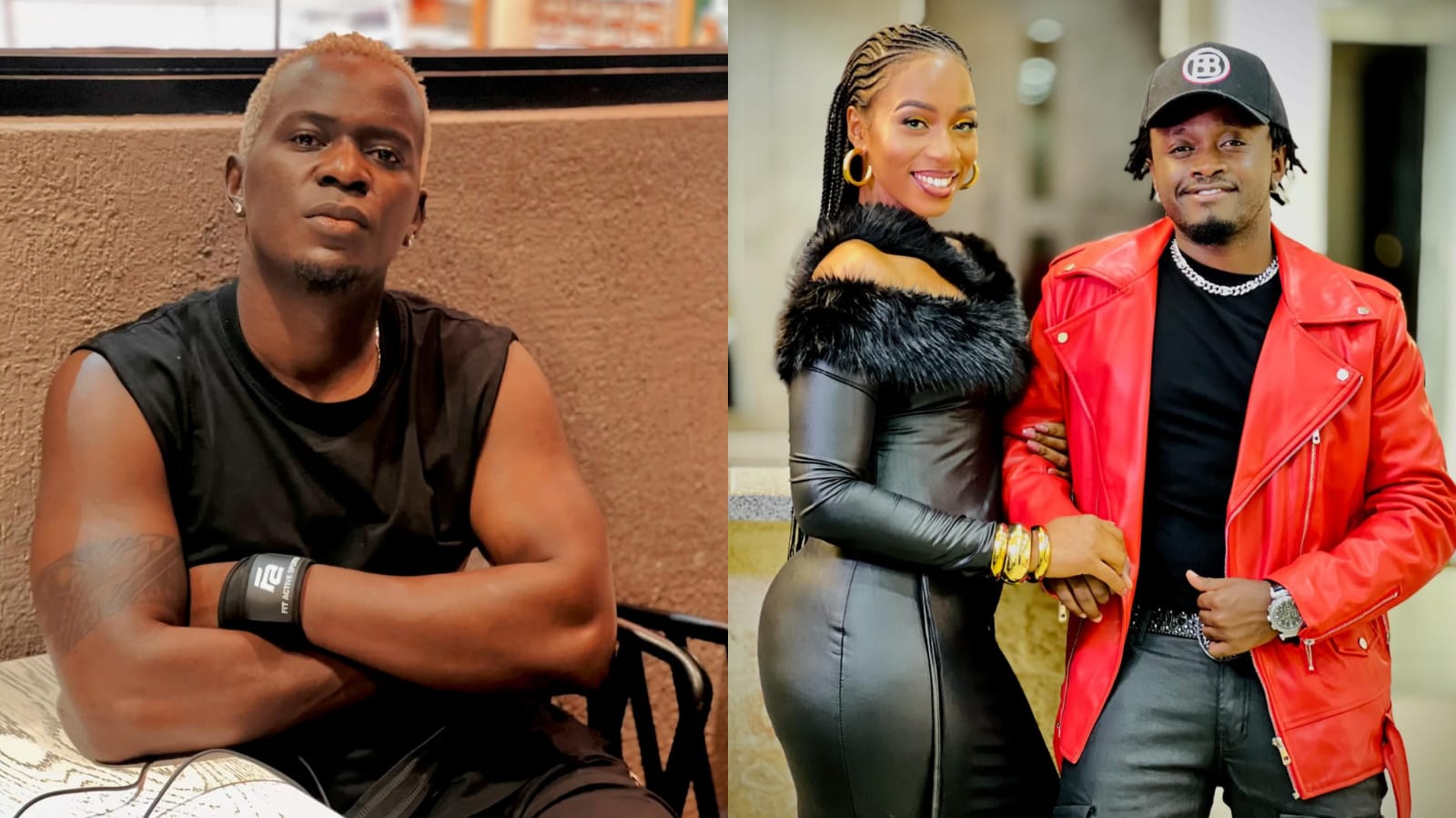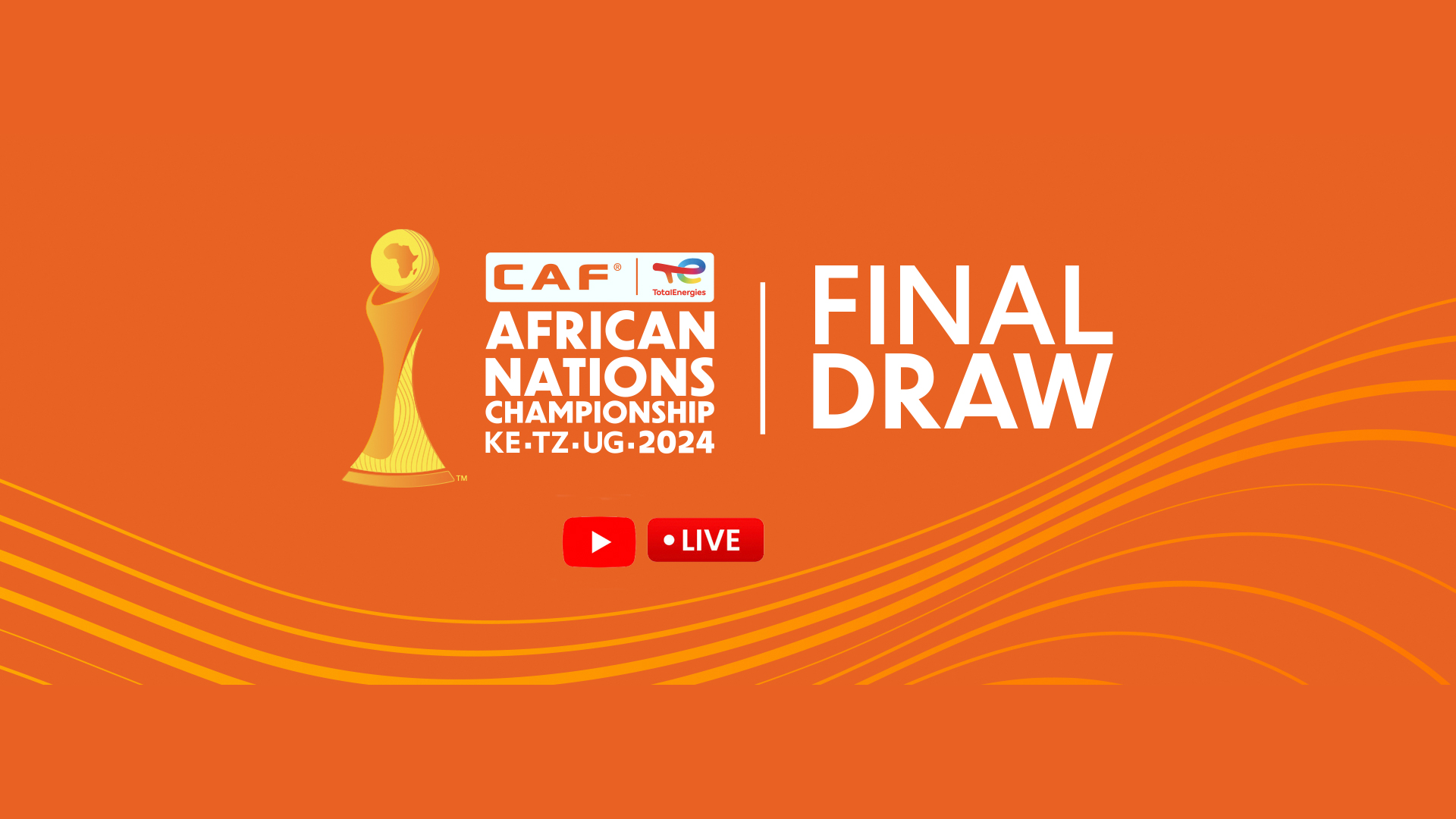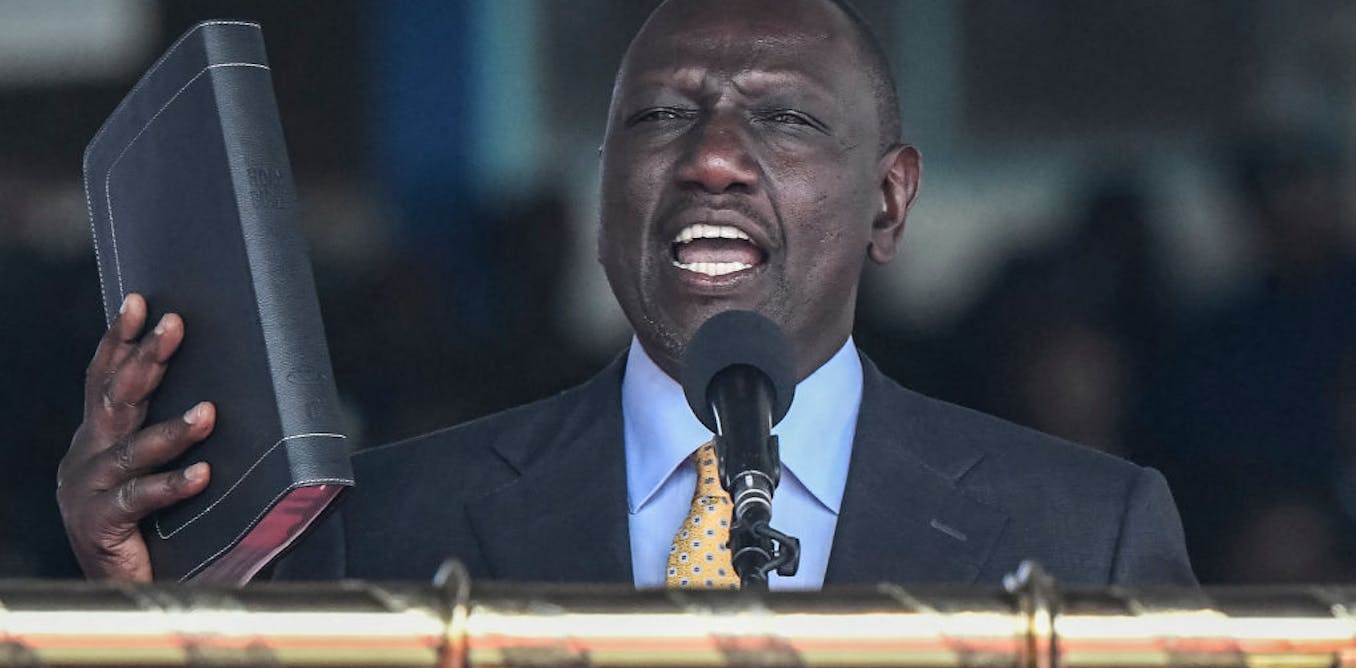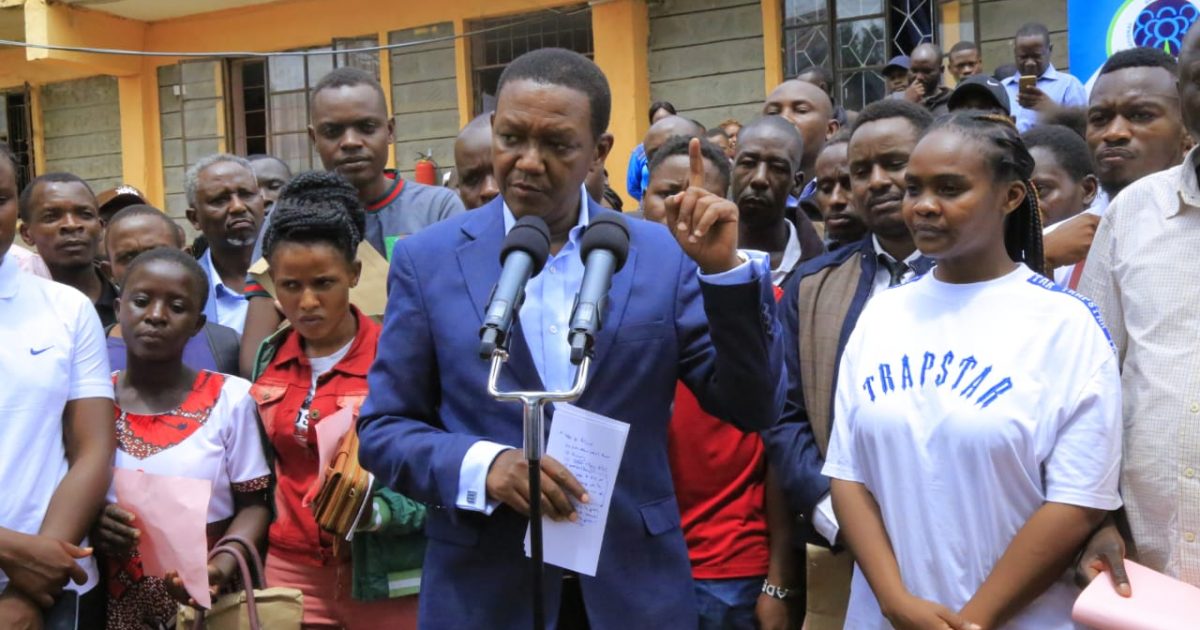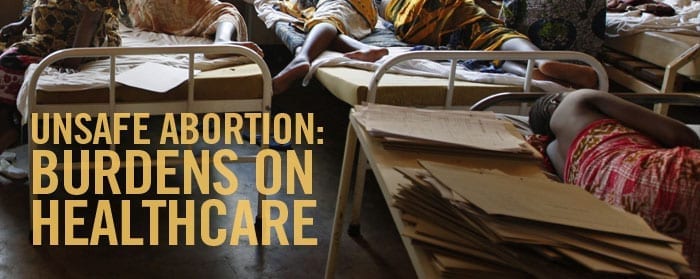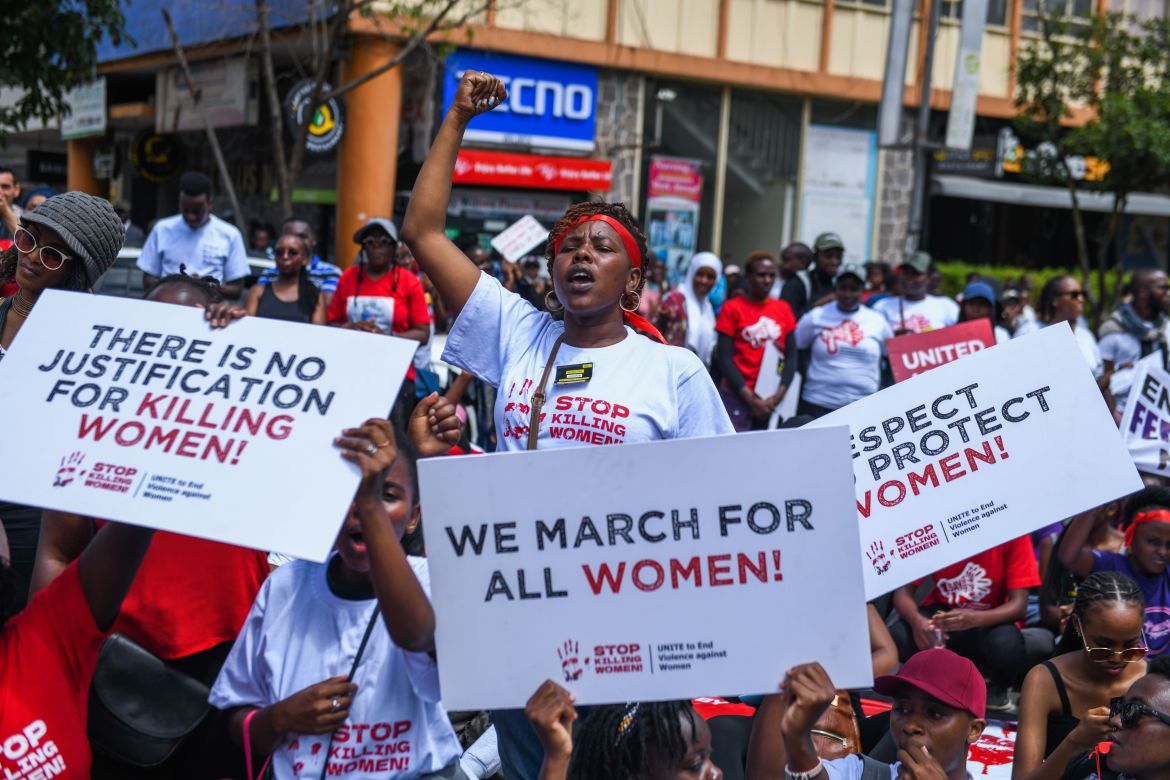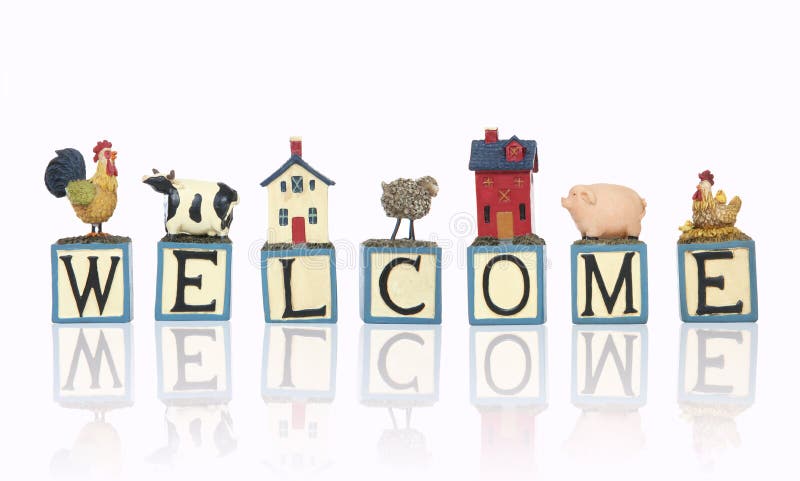Climate Change and Human Rights: A Tale of Two Crises
Explore the intersection of climate change and human rights in ‘Climate Change and Human Rights: A Tale of Two Crises.’ Discover how environmental degradation disproportionately affects vulnerable communities and the urgent need for climate justice. Dive into ‘Climate Change and Human Rights: A Tale of Two Crises’ and examine how climate change impacts human rights, particularly for vulnerable communities. Learn about the global and local challenges, legal frameworks, and the fight for climate justice. Optimized for both Kenyan and international audiences.
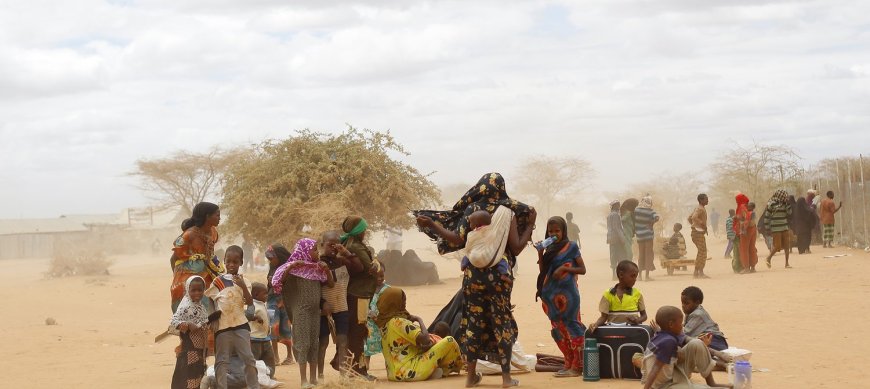
Welcome to the intersection of climate change and human rights, where the stakes are high, and the stories are as compelling as any thriller. Imagine a world where the fight for a stable climate is also a fight for basic human dignity. This is the reality for many vulnerable communities around the globe, including right here in Kenya. Let’s dive into this tale of two crises and explore how environmental degradation disproportionately affects those who are already marginalized.
The Climate Crisis: A Human Rights Issue
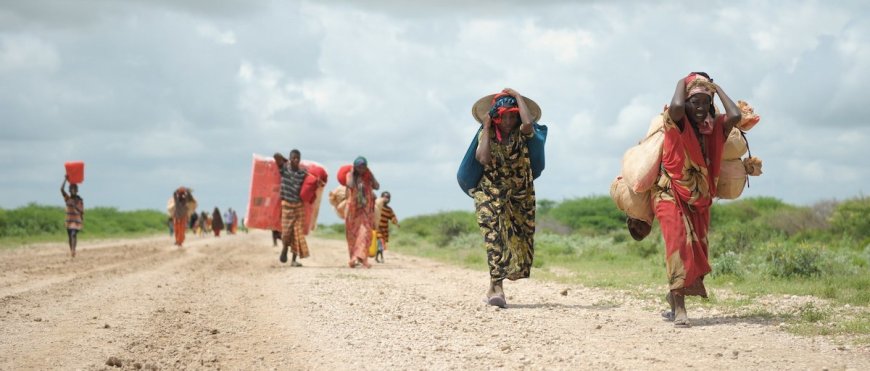
Climate change is not just an environmental issue; it’s a human rights crisis. Rising temperatures, extreme weather events, and shifting climate patterns are threatening the fundamental rights to life, health, food, and an adequate standard of living. For many, these changes are not just inconvenient—they are life-altering.
Take the case of the Ogiek community in Kenya. This indigenous group has lived in the Mau Forest for generations, relying on its resources for their livelihood. However, deforestation and climate change have severely impacted their way of life. The Ogiek’s struggle to protect their land is not just about preserving the environment; it’s about safeguarding their cultural heritage and their right to a sustainable future.
Disproportionate Impacts on Vulnerable Communities
Climate change does not affect everyone equally. Vulnerable communities, including low-income families, indigenous peoples, and marginalized groups, bear the brunt of its impacts. These communities often lack the resources to adapt to changing conditions, making them more susceptible to climate-related disasters.
In Kenya, the coastal regions are particularly vulnerable to rising sea levels and extreme weather events. The residents of Lamu Island, for example, face the dual threats of coastal erosion and flooding. These environmental changes are not just damaging homes and infrastructure; they are disrupting livelihoods and displacing families. The right to a safe and secure home is under threat, highlighting the urgent need for climate justice.
Global Examples of Climate and Human Rights Intersections
Kenya’s challenges are mirrored around the world. In the United States, a report by the Environmental Protection Agency (EPA) revealed that socially vulnerable populations, including racial and ethnic minorities, are disproportionately affected by climate change. These communities are more likely to live in areas with poor air quality, experience higher rates of heat-related illnesses, and face greater risks from flooding and extreme weather.
Similarly, in the Pacific Islands, rising sea levels are threatening entire nations. The inhabitants of low-lying islands like Tuvalu and Kiribati are facing the prospect of becoming climate refugees, as their homes are slowly swallowed by the ocean. These communities are on the front lines of climate change, fighting to protect their right to exist.
The Role of Legal Frameworks and Advocacy
Addressing the intersection of climate change and human rights requires robust legal frameworks and strong advocacy. International agreements like the Paris Agreement emphasize the need to integrate human rights into climate action. However, translating these commitments into tangible actions remains a challenge.
In Kenya, legal battles have become a crucial tool for environmental justice. The Ogiek community’s victory in the African Court on Human and Peoples’ Rights set a precedent for indigenous rights and environmental protection. This case underscores the importance of legal avenues in holding governments accountable and ensuring that vulnerable communities are not left behind.
Conclusion
The tale of climate change and human rights is a story of resilience, struggle, and hope. It’s a reminder that the fight for a stable climate is also a fight for justice and equality. As we continue to confront the challenges of climate change, we must ensure that the voices of the most vulnerable are heard and their rights protected.
So, the next time you think about climate change, remember: it’s not just about melting ice caps and rising temperatures. It’s about people, their rights, and their futures. And in this tale of two crises, we all have a role to play.
What's Your Reaction?









